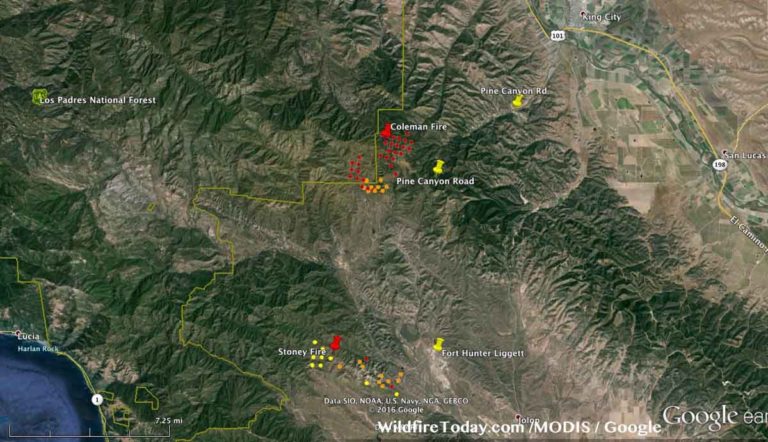

By January 5, the winds actually switched direction and began moving in the opposite direction. What that means is the winds at 10 millibars (that’s the layer of atmosphere about 18 miles above the surface), which normally move from west to east around the pole, began to slow down and temperatures began to warm up. (1) What is going on with the stratospheric polar vortex so far this January?Ĭiasto: For the last several weeks, the stratospheric polar vortex has been weakening. Luckily, a great panel of scientific experts came together to answer our burning questions: Amy Butler at NOAA Chemical Sciences Lab, who has written two guest posts previously, Laura Ciasto at the NOAA Climate Prediction Center(previously blogging on Ultraviolet radiation) and Daniela Domeisen, who researches SSWs and surface impacts at ETH Zurich. The impacts on the surface are not guaranteed and they are not necessarily experienced everywhere. These SSWs can eventually cause the tropospheric jet stream to weaken, which allows cold air bottled up near the polar cap to escape and expand into the middle latitudes, such as the United States, Europe, and parts of Asia. Sudden Stratospheric Warmings ( SSWs) are occasions in the winter (~ 6 times per decade), when the polar stratosphere warms and the winds that normally flow from west to east around the pole weaken dramatically and even reverse direction, corresponding to a breakdown of the polar vortex.


Sometimes you might also hear about the tropospheric polar vortex, which is year-round and occupies the lowest layer of the atmosphere that touches the surface. There is the stratospheric polar vortex, which is located in the layer that is 5-30 miles above Earth’s surface and only appears in winter (this is the focus of the Q&A below). The polar vortexes (more than one!) are a regular feature in the atmosphere, spinning away around the poles in both the Northern and Southern Hemispheres. The Polar Vortex doesn’t just appear randomly. But, to recap previous articles on this blog: We’re going to take a deeper look at the polar vortex and possible interactions with our ongoing La Niña. The POLAR VORTEX is coming!!!!! That’s the ALL CAPS message these days in various news articles thanks due to the sudden stratospheric warming that occurred on January 5, 2021.


 0 kommentar(er)
0 kommentar(er)
